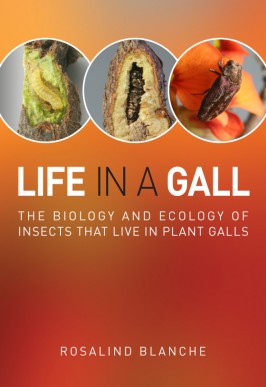The Biology and Ecology of Insects that Live in Plant Galls
This comprehensive handbook, complete with full colour photos will be a useful tool for entomologists, botanists, natural history enthusiasts and native plant nursery managers as well as bushwalkers, forestry students and managers.
Gall-inducing insects can cause problems for agriculture, forestry and horticulture and this book covers the whole gamut from explaining what Australian plant galls are and how they are caused, the little known gall-inducing insects and their host plants to the problems they cause, their enemies and also the benefits associated with gall-inducing insects.
The book explores the ways the insects have adapted to living part of their lives in the confined spaces of galls, and describes the strategies employed by different insect groups to find a suitable site to induce a gall, obtain food, mate and escape the gall. It also looks at the predators, parasitoids, inquilines, kleptoparasites and micro-organisms that prey on gall-inducing insects and the ways the insects defend themselves from these enemies, giving examples of several pest species.
On the positive side, the book describes the essential services gall-inducing insects provide by pollinating figs, controlling invasive weeds and contributing to indigenous food. There are also tips for people who want to collect and study galls and a glossary of scientific terms making this a useful title to a wide range of readers. Buy it from an independent bookshop, borrow it from a library or buy a copy online at the CSIRO website
by Rosalind Blanche, CSIRO Publishing, $29.95.

